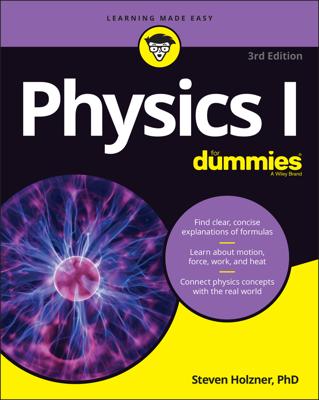Most string theorists believe that matrix theory is equivalent to M-theory. A year after the proposal of M-theory, Leonard Susskind introduced a suggestion for what the “M” could stand for. Matrix theory proposes that the fundamental units of the universe are 0-dimensional point particles, which Susskind calls partons (or D0-branes). These partons can assemble into all kinds of objects, creating the strings and branes required for M-theory.
Matrix theory was developed by Leonard Susskind, Tom Banks, Willy Fischler, and Steve Shenker in the year after Witten proposed M-theory. (The paper on the topic wasn’t published until 1997, but Susskind presented the concept at a 1996 string theory conference prior to publication.)
The theory is also approximated by 11-dimensional supergravity, which is one of the reasons string theorists think it’s appropriate to consider it equal to M-theory.
The name “parton,” which Susskind uses in his book The Cosmic Landscape to describe these 0-dimensional branes, comes from a term used by the Nobel Prize-winning quantum physicist (and string theory skeptic) Richard P. Feynman. Both Feynman and his colleague and rival Murray Gell-Mann were working to figure out what made up hadrons.
Though Gell-Mann proposed the quark model, Feynman had described a more vague theory where hadrons were made up of smaller pieces that he just called partons.
One intriguing aspect of the partons, noted by Witten, is that as they get close to each other, it becomes impossible to tell where the partons actually are. This may be reminiscent of the uncertainty principle in quantum mechanics, in which the position of a particle can’t be determined with absolute precision, even mathematically (let alone experimentally).
It’s impossible to test this the same way scientists can test the uncertainty principle, because there’s no way to isolate and observe an individual parton. Even light itself would be made up of a vast number of partons, so “looking” at a parton is impossible.
Unfortunately, the mathematics involved in analyzing matrix theory is difficult, even by the standards string theorists use. For now, research continues, and string theorists are hopeful that new insights may show more clearly how matrix theory can help shed light on the underlying structure of M-theory.

